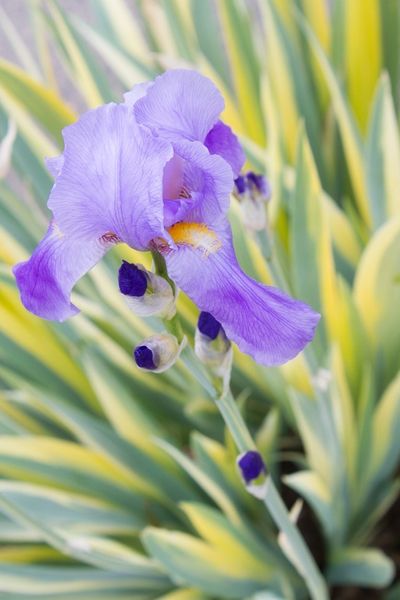Growing a Variegated Sweet Iris Plant
The 2- to 3-foot (61-91.5 cm.) tall, sword-like, variegated foliage of sweet flag iris plants add interest to any garden style, even when the plant is not in bloom. Its lavender blue colored flowers bloom in late spring to early summer and its sweet fragrance attracts many pollinators. However, it is not just a beautiful ornamental plant. Orris root powder and orris oil are made from the rhizomes of zebra iris plants and are used in many herbal medicines and natural beauty products. Like most irises, sweet iris is seldom bothered by deer or rabbits and can be drought tolerant once established. Sweet iris is also more resistant to diseases and iris borers than other varieties. Still, it is wise to regularly inspect their rhizomes for borer damage.
Sweet Iris Care
Hardy in zones 4 to 9, sweet iris grows best in full sun to part shade locations with rich, moist but well-draining soil. Well-draining soil is essential, as wet feet can cause rot. Adding a little sand to the soil in the planting area can help it to drain properly. When planting irises, it is important to leave the tops of the rhizomes slightly sticking up from the soil level. Planting too deeply can also lead to rot and fungal diseases. While more shade tolerant than most other irises, sweet iris will bloom best in full sun. Zebra iris plants should be divided every two to four years to keep them healthy and blooming properly. Dividing should be done from late summer to autumn. When first planting or dividing iris plants, do not use a fertilizer that contains nitrogen. Otherwise, you should feed irises with a general-purpose fertilizer only three times a year– in spring just as the foliage pops up, again right after its May through June blooming period, then again in fall to give the plant added stores of nutrients for the winter months.
